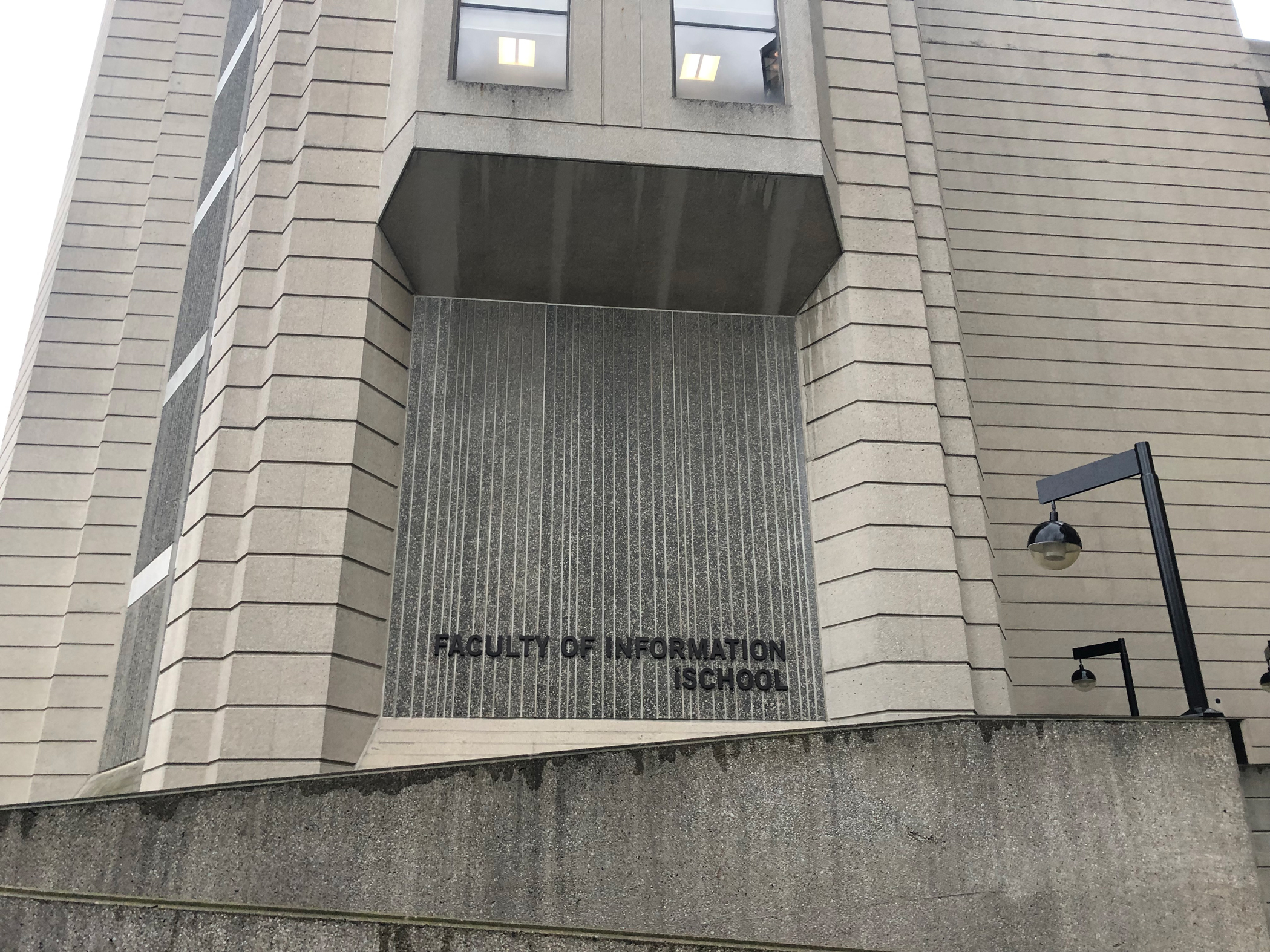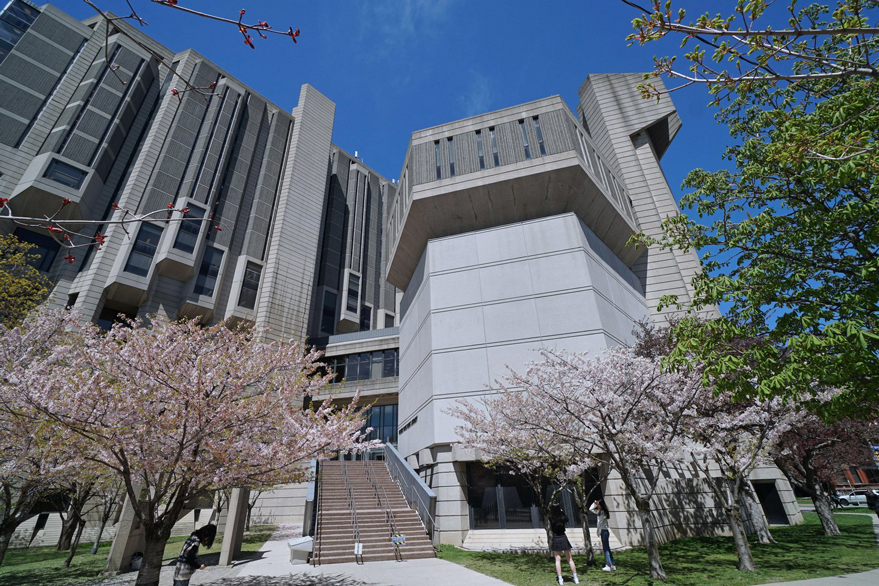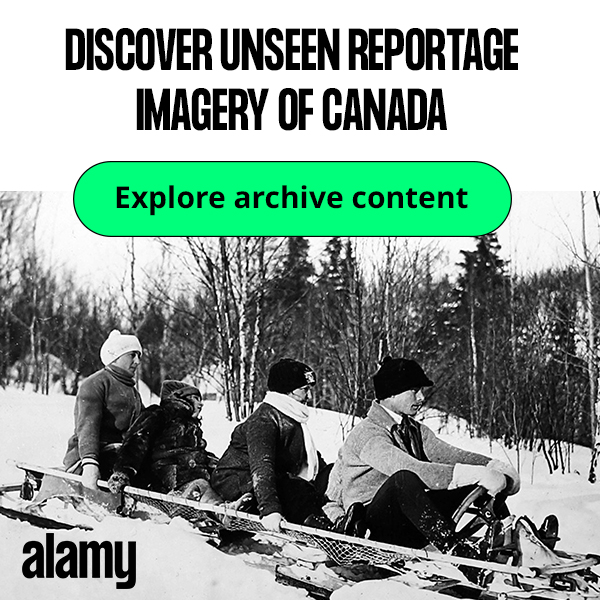Insights of Students of Colour into Museum Studies
To be a person from a visible minority in museum studies often means making space for yourself at the table. This comes as no surprise, given the colonial history of museums. As part of recent efforts to “decolonize” museums, there have been greater demands for more representation within the museum sector. Increased representation has become a large concern in many different institutions, the University of Toronto included.
Though our organization, Museum Professionals of Colour (MPOC), started off as a support group for students of colour enrolled in the Master of Museums Studies (MMSt) at the University of Toronto, it evolved to address this larger concern. We took it upon ourselves to bring attention to diversity issues within UofT’s MMSt program as well as the museum sector as whole. Through sharing our experiences as undergraduate and graduate MMSt students of colour, we will explore where we have seen progress in equity and diversity, as well as what work still needs to be done.

The Faculty of Information (iSchool) at the Claude T. Bissel Building, where the University of Toronto’s Master of Museum Studies (MMSt) program is housed. Photo – Anjali Bhurji.
Undergraduate Studies
Eunice Der and Anjali Bhurji
The University of Toronto lacks an undergraduate museum studies program, therefore the focus will be on related programs like Material Culture and Semiotics, Archeology, History, and more.
As undergraduate students, we see our professors as experts who are the ultimate hub of knowledge, and we often forget that they are biased. That, in turn, means that the courses and syllabi they design are also biased.
“History of the World in Objects and Signs,” a mandatory Material Culture course, provides a multidisciplinary approach towards material culture. However, it is a history of the world only in name. It focused overwhelmingly on white North American and European culture, without exploring other perspectives. There were rare exceptions, like the lectures on Iroquoian landscapes and Indian heirlooms, but as a whole, the course syllabus fell short in addressing diversity issues. The experience in this course was similar across other mandatory Material Culture courses.
One of our members took a course focusing on Greek and Roman archeology, taught by a professor who works with a major Canadian museum. The professor had expressed their unsettling opinion on repatriation multiple times, without provocation. They disapproved of the return of the Elgin Marbles to Athens, arguing that modern people of Greece have no real claim to ancient Greek artefacts, explaining that genetically they are not the same people. The professor similarly argued against Nigerian repatriation demands and against the repatriation of the Benin Bronzes, citing “safety concerns.” They explicitly believe that iconic artefacts elevated to “world history” status should remain “accessible to the public” in England. The views that the likes of this professor disrespect the right that racialized peoples have to their heritage, ignore latest museum practice with regard to repatriation, and reflect a harmful, colonial perspective.
We are constantly learning about the histories of marginalized communities from these biased perspectives. Academia has not pushed hard enough to involve more students of colour in museum related studies, while many people from racialized communities are continued to be discouraged from studying the humanities at all. Museum Studies programs need to thoroughly consider how to encourage students of colour to enter museum studies as well as take up intra-communal work to make the field relevant to students from these racialized backgrounds.
As students, we must remind ourselves that a course is not an objective view on a topic. There are biases at play that we may not be aware of. If we simply trust that what professors say is true, then we are blindly consuming the same misguided ideals, values, and knowledge in our education. In the long run, we must be more critical of our educators to avoid pushing marginalized individuals out of the sector.

Robarts Library at the University of Toronto. Photo – P.Spiro.
Graduate Studies
Van Gonzales
In my limited time in the MMSt program, I have not witnessed explicit insensitivity as remarked by the undergraduates in MPOC. Nonetheless, the program has faced issues that needed addressing.
In June 2020, student groups, including MPOC, at the University of Toronto's Faculty of Information united to address concerns related to a culture of white supremacy. They conducted a survey revealing inadequate discussions on diversity, insufficient representation of marginalized perspectives, and limited support for marginalized students, leading to the “Report on Diversity and Inclusion Experiences at the Faculty of Information.” A significant critique raised was the tendency to present content related to these communities sporadically, often confined to what the report refers to as “token weeks.” Referring to instances where topics are siloed into a single, hyper-focused, week or class within a course and is typically not discussed during the remainder of the course. I wholeheartedly agree with the report's assertion that weaving diverse materials throughout the curriculum is imperative. Additionally, the report underscores the role of workshops in facilitating meaningful conversations on diversity and inclusion. Three years later, we can assess the progress launched by this report.
There are ongoing efforts addressing concerns over white supremacist notions embedded within the curriculum, but there is ample room for improvement. The program readings and materials encompass diverse perspectives, yet their prominence in class discussions varies. I recognize our professors' inclusivity efforts, but the lack of tenured BIPOC faculty hinders our learning from those affected by these crucial issues. While well-intentioned, our predominantly white faculty cannot authentically represent the BIPOC perspective in the field, nor should they be expected to. Moreover, students of colour face an additional burden of representing their own and sometimes others' cultures, a pressure not experienced by white students and faculty. This weight should not fall solely on us. Through invitation of guest speakers and organizations from marginalized communities to lead discussions and conduct EDI workshops during class time, the program is making more active attempts to address these demands, although only temporarily.
In a field overwhelmingly dominated by white professionals, the absence of BIPOC professors creates a significant barrier to finding relatable role models and building confidence within our chosen profession. The scarcity of museum studies scholars of colour exacerbates this challenge, contributing to the lack of diversity within the student cohorts of the program. Historical and systematic factors affecting BIPOC student representation are beyond the faculty's control. However, they merit an equitable response when promoting diversity in enrollment.
Where to from here?
As we step into 2024, the report's impact on the faculty is becoming increasingly apparent, albeit at a gradual pace. Courses and materials are in a state of constant evolution, aligning themselves with the changing dynamics of our student body and showcasing an enduring commitment to improvement. As active members of MUSSA (Masters of Museum Studies Student Association) and MPOC, we are hopeful that our student-led initiatives will continue to play a role in driving change within the faculty, much like they have in the past. We are deeply appreciative of the alumni who have dedicated their efforts to instigate positive transformations, paving the way for us today. Inspired by their dedication, we are driven to carry forward this legacy, working tirelessly to create a more inclusive, representative, and responsive environment that caters to the needs of every member of our community.
Eunice Der is an undergraduate student at the University of Toronto studying English, Material Culture and Semiotics, and East Asian Studies. She has contributed to UofT’s material culture and semiotics journal, The Material Merge, and MPOC’s own newsletter.
Van Gonzales is a Master of Museum Studies Student at the University of Toronto and holds a Bachelor of Arts Education from the University of Regina. As an emerging professional experienced in grade school arts education and museum program development and delivery, he is committed to advancing representation and inclusivity through education in museums.
Anjali Bhurji is a third-year undergraduate student at the University of Toronto studying History, Archaeology, and Material Culture and Semiotics. She aims to promote diversity in academia and in public history institutions and is passionate about information accessibility.
MPOC is a student collective operating at the University of Toronto with a goal to address inequity in Museum Studies and in the museum sector as a whole.
